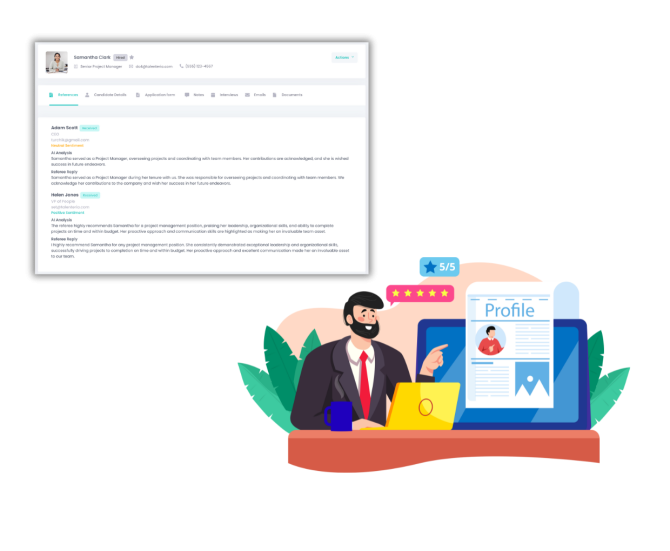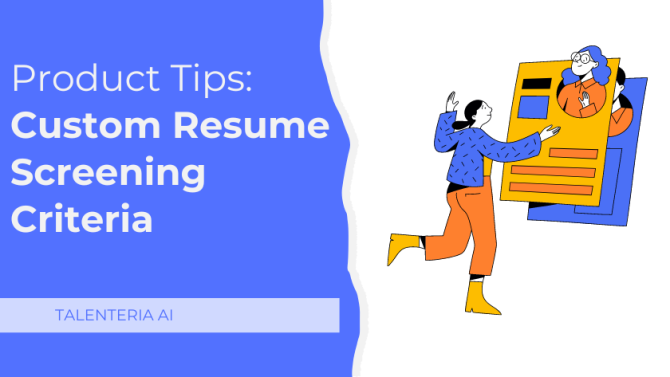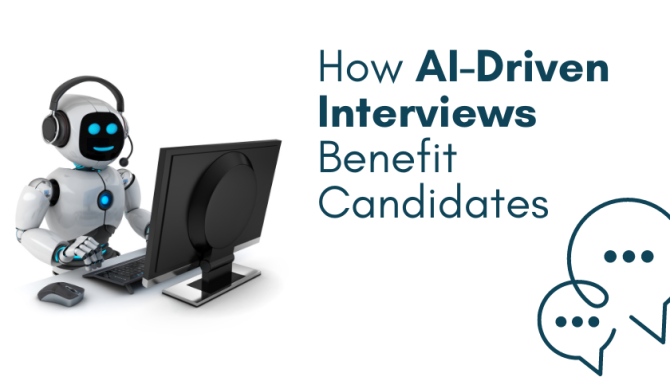
Finding the right people to drive the success of your company and building a team that is made up of the right skills, personalities and values is one of the most challenging aspects of any business.
Due to the complex process of hiring the right candidates, there is a trend in Recruiting of marketing your company and available job openings to potential job seekers in a very similar way that advertising is used to attract new customers.
WHAT IS RECRUITMENT MARKETING?
Recruitment marketing occurs when a company promotes itself as a brand, using marketing methodologies throughout the entire recruitment life cycle to attract, engage and build relationships with qualified applicants.
To understand the process, let’s break down the four stages of recruitment marketing:
STAGE ONE: Increase Visibility
Talented employees can be found in every city across the globe. The problem is that most job candidates are considered passive, instead of active job seekers. They aren’t aggressively searching for open positions, so in order to attract their attention and get them to apply, employers must generate visibility and engagement on platforms where ideal candidates are spending their time.
Just like with consumer marketing, with recruitment marketing, a company must create valuable and interesting content that candidates will be attracted to and that makes your organization stand out as a great company to work for.
STAGE TWO: Trigger Engagement
After attracting the right candidates, you must ensure you maintain their interest by providing them with informational content that is relevant to them while also engaging them to further invest in your organization. The best way to achieve this is by planning a detailed content outline that runs parallel to your employer branding campaign mentioned in the first step.
The worst thing that can happen is to attract talent, but then lose their interest because they have forgotten about you or aren’t resonating with your content. It’s tough to change a candidate's first impression.
Having the content outline, and making it a priority will ensure an organized, engaging and well planned out strategy to attract both passive and active candidates and keep them engaged.
STAGE THREE: Help them choose you
At this stage, you have successfully attracted top talent and have kept them interested in your company. Now it’s time to show them what makes your opportunity a better choice than all the other open positions on the market.
The best way to do this is by giving them more specific information about you as an employer. Promote job vacancies, benefits, compensation, company culture and any other perks or information a candidate may want to know when considering a role at your organization.
For best results and time well spent, you want them to make an informed decision when they apply, and since this weeds out many ill-fitting candidates, this step does a lot of the work for you!
STAGE FOUR: Generate action
Just because a jobseeker is seriously considering your company, there are still so many roadblocks preventing them from applying. Especially for busy professionals, applying to a job can take hours of writing cover letters, creating role-specific resumes, writing samples and portfolios that may never be looked at.
This daunting task cuts out many talented applicants and to avoid missing out on those candidates, you need to remove as many of those obstacles as possible. Start by eliminating any unnecessary qualification and application requirements. Then give them all the details they want before applying. This includes salary info and any information that new hires are typically surprised by.
If candidates make it this far and decide not to apply, don’t be discouraged. While it might not be the right time or circumstance for them to invest with your company, this stage presents the perfect opportunity to grow a candidate pool that you can tap into when roles open in the future.
Conclusion
Even small businesses are seeing the shift in the job market, and job seekers in all industries are refusing to work a job simply for financial need or benefits. People want to know that their work is meaningful to themselves, their employers and to the communities they serve, and as an employer, it is the perfect time to showcase your mission, values and company culture you work hard to achieve!





